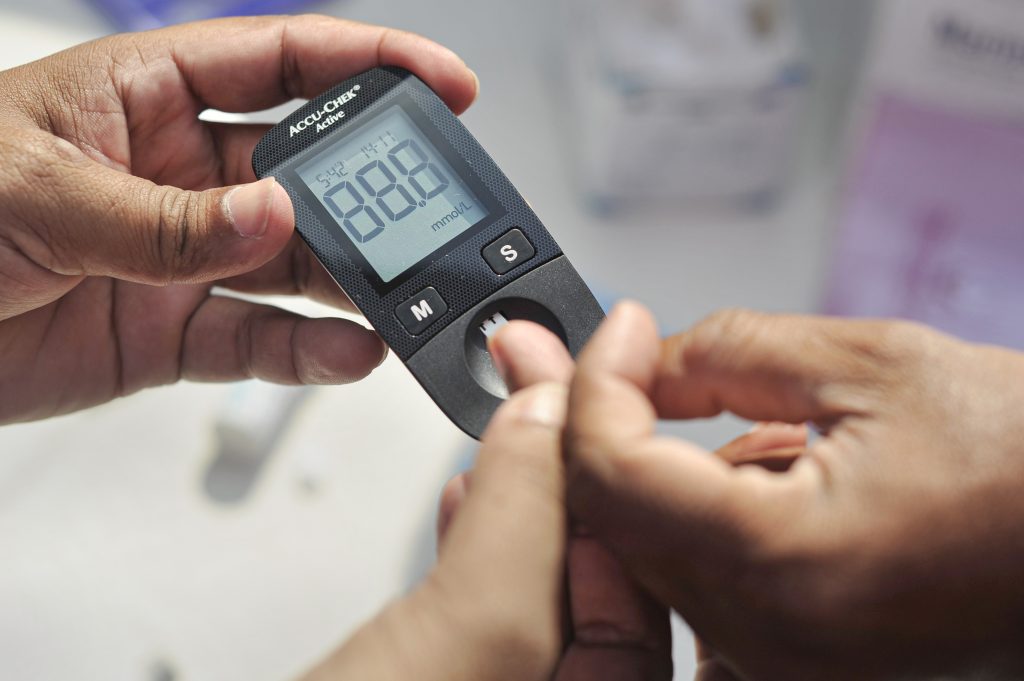A novel approach to treating type 1 diabetes may involve blocking the hormone somatostatin to prevent harmful dips in blood glucose levels. A study conducted at the University of Gothenburg, among other institutions, has demonstrated this potential strategy, which could save lives.
In healthy individuals, when blood glucose levels fall, the hormone glucagon is released, aiding the liver in producing glucose and restoring normal blood glucose levels. Glucagon raises blood glucose levels in the opposite manner to insulin. The pancreas produces both hormones.
Individuals with type 1 diabetes lack not only insulin but also glucagon. This absence can lead to dangerously low blood sugar levels due to the failure to produce glucagon during glucose dips.
The current study, published in the journal Nature Metabolism, presents a new potential treatment strategy against perilous blood sugar drops in type 1 diabetes.
One of the leading researchers is Patrik Rorsman, a Professor of Cellular Endocrinology at the Sahlgrenska Academy at the University of Gothenburg and also affiliated with the University of Oxford.
The researchers examined groups of hormone-producing cells from the pancreases of both humans and mice. They found that in type 1 diabetes, these islets are unable to release glucagon when blood sugar is low. This failure is attributed to the increased release of somatostatin, which inhibits glucagon release.
Furthermore, experiments demonstrated that blocking somatostatin in mice with type 1 diabetes could restore the pancreas’s ability to release glucagon during low blood sugar events, thereby preventing dangerously low blood sugar levels. This blocking was accomplished pharmacologically.
Using genetically modified mice in which beta cells were activated by light—a technique known as optogenetics—the researchers also mapped the interactions between different cell types in the pancreatic islets: alpha cells that release glucagon, beta cells that release insulin, and delta cells that release somatostatin.
The results provide an underlying explanation for how the reduced proportion of functioning beta cells in type 1 diabetes is linked to an increased risk of blood sugar drops, a connection that has previously been unclear.
Anna Benrick, an Associate Professor of Physiology at the Sahlgrenska Academy at the University of Gothenburg and a co-author of the study, states, “The new findings highlight an important and previously unknown role of electrical signaling that occurs through open cell connections between beta cells and delta cells. If these electrical connections are lost, glucagon release is reduced, increasing the risk of a blood sugar drop. The fact that this can be restored pharmacologically by blocking somatostatin opens up the possibility of preventing dangerous blood sugar drops in type 1 diabetes.”




















